Energy meters are essential for monitoring and optimizing your home’s energy consumption. Paired with Home Assistant, they provide detailed insights and automation opportunities to save on bills and reduce your environmental footprint.
Home Assistant’s energy dashboard has slowly evolved ever since it was introduced in core 2021.8. You are now able to monitor solar panel production, whole home consumption, battery storage status and track individual devices, like plugs and switches.
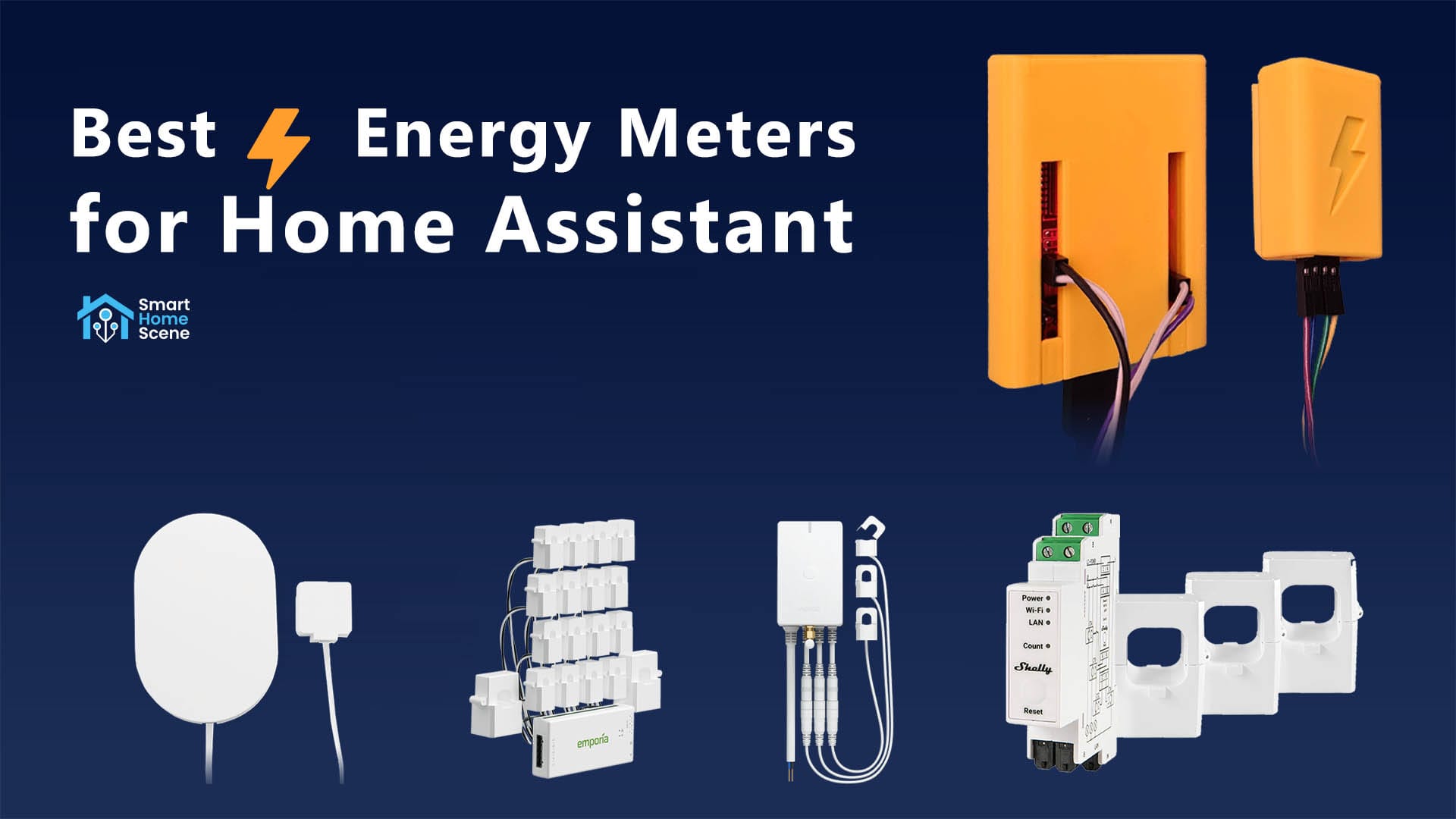
This article contains the Best Energy Meters for Home Assistant, with a heavy focus on local-only and cloud-independent devices. Anything that requires API usage, cloud access or third-party apps was not considered in this list, to keep inline with Home Assistant’s core values. Further, this guide lists devices used to monitor your entire home energy usage, skipping individual device meters like plugs, sockets and switches.
Related: Best Smart Plugs with Energy Monitor for Home Assistant (EU)
Best Three-Phase Clamp Energy Meters for Home Assistant
This section highlights the best three-phase clamp energy meters for whole-house monitoring that seamlessly integrate with Home Assistant for accurate and reliable energy tracking.
The newly released Aeotec Home Energy Meter Gen 8 uses the Long Range Z-Wave protocol, ensuring seamless integration with Home Assistant via Z-Wave JS. The device is powered by the main electrical panel and is available in three versions, designed for different markets:
- 1-Phase System Version: Single CT clamp, 230V~ at 50Hz, up to 60A, supports Z-Wave frequencies 868 and 908 MHz (e.g., Europe).
- 2-Phase System Version: Two CT clamps, 120V~ at 60Hz, up to 200A, Z-Wave frequency 908 MHz (e.g., USA).
- 3-Phase System Version: Three CT clamps, 230V~ at 50Hz, up to 60A, Z-Wave frequency 868 MHz (e.g., Global).
This meter provides real-time data on voltage, current, and power usage, which can be visualized in Home Assistant’s Energy Dashboard. It exposes so many entities in Home Assistant per phase that it’s pure joy for tinkerers and automation enthusiast. The Home Energy Meters Gen 8 is a bi-directional meters, capable of measuring net usage from your solar grid. It has an accuracy of over 99% when the current is greater than 0.05A.
Aeotec have released a official pairing and setup guide for the device in Home Assistant and Z-Wave JS.
The Shelly Pro 3EM uses Wi-Fi and LAN connectivity, making it a versatile option for Home Assistant integration without relying on cloud services. The cloud is completely optional in any Shelly device, and is on an opt-in basis. Its also among the rare energy meters that use Ethernet which ensures a more stable network connection.
The Pro 3EM is designed for 3-phase systems and supports up to 120A per phase with a 230V~ 50/60Hz input voltage. This energy meter provides detailed real-time measurements for each phase, including voltage, current, and power consumption, and integrates seamlessly with Home Assistant via MQTT or the Shelly Integration. It has an accuracy of ±1% for active energy, compliant with IEC 62053-21 standards. The Shelly Pro 3EM is also a bi-directional meter, measuring both imported and exported energy to and from the grid.
The IAMMETER WEM3050T is the newest release by the company, released almost specifically for Home Assistant. Even though it’s not officially stated as being so, the WEM3050T is the only model that does not require a cloud subscription and comes without any additional account requirements. It supports metering for both three-phase or split-phase systems, as well as bidirectional measurement for both imported kWh (from the grid) and exported kWh (to the grid) in a solar PV monitoring system.
The WEM3050T uses Wi-Fi and integrates seamlessly with Home Assistant through the core integration, MQTT, Modbus or TCP. It provides accurate energy monitoring providing accurate energy monitoring for 3-phase systems with a maximum current of 150A per phase. This is suitable for both residential and small commercial applications.
The Zemismart SDM01-TZ0 is the meter I tested recently in my own home. It’s a reliable, accurate and precise 3-phase energy meter with 120A clamps. I’m a huge fan of Zigbee, so this Zemismart model is a top pick on my personal list.
It DIN-rail mountable and has a small footprint, with three clamps of 120A each. It’s supported in Zigbee2MQTT out of the box and exposes every entity you would expect from a capable energy meter. It’s also a bi-directional device, recording returned energy in a separate set of entities in Zigbee2MQTT. The measurements can be calibrated if needed, but I can comfortably recommend it as is.
The Tuya PC321-Z-TY is the first whole-home energy meter I’ve tested. It’s a popular pick among Zigbee fans, as it’s quite accurate and reliable thanks to it’s external antenna. Junction boxes are full of wires which can cause electromagnetic interference, which this device allows you to solve by mounting the antenna outside the breaker box.
This device can be used with single, dual and three-phase systems. It can be powered by 100-240V AC, which makes it compatible with systems worldwide, including the US. What’s more, it supports clamps of up 500A each, making it suitable for large commercial applications too. If you are interested in learning more about the Tuya PC321-Z-TY, I’ve dismantled the device completely and talked about it’s features and potential drawbacks in the review.
Best Single-Phase Clamp Energy Meters for Home Assistant
This section highlights the best single-phase clamp energy meters for monitoring single-phase systems. Suitable for tracking server rooms, large appliances, or a single sections (rooms) of your home.
The Zemismart SPM01 is a compact, high-precision energy monitor designed for single-phase systems, supporting a maximum current of 63A. It offers real-time monitoring of voltage, current, power, and energy consumption, with an accuracy class of 1% as per IEC 61557-12 standards.
The device features bi-directional metering, enabling it to measure both energy consumption and production. Its compact design allows for easy installation alongside existing circuit breakers without occupying additional DIN rail space. The only downside of it’s design is that the wire needs to be detached and threaded through the hole before it can be used. The clamp is integrated inside the main case and this makes installation a bit tedious. Even though this device is available as a Wi-Fi variant as well as Zigbee, I highly suggest going for the Zigbee version as it’s cloud-independent and supported in ZHA and Zigbee2MQTT.
I’ve disassembled and reviewed the Zemismart SPM01 in detail if you want to learn more.
The Shelly EM Gen3 is a compact, Wi-Fi-enabled energy meter designed for single-phase systems, capable of monitoring up to two circuits simultaneously. It utilizes current transformers for contactless measurement and comes with a single 50A CT included in the box. However, this can be swapped as the device supports CTs up to 120A.
The device features a dry contact relay for controlling external loads, enabling automated responses based on energy consumption thresholds (e.g. thermostats). It integrates seamlessly with Home Assistant via MQTT or the Shelly Integration. Gen3 Shelly devices are primed for Matter, as the company is slowly updating devices and bridge them to third-party Matter controllers.
The Tuya PJ-MGW2201 is a simple, affordable and accurate energy metering module with a 150A clamp. It can be powered by 110-240V AC in both 50/60Hz systems, which means it can be used anywhere. It uses Zigbee to communicate and works with ZHA (custom quirk) and Zigbee2MQTT.
This device is very simple to install, requiring only an N and L connection for power. It can measure bi-directional current, getting data for both produced and consumed energy. A very interesting binary entity is created in Zigbee2MQTT, which tells you whether or not you are currently producing or using energy in relation to the grid. Very useful for automations and alerts.
Best Multi-Phase Clamp Energy Meters for Home Assistant
This section highlights the best multi-phase clamp energy meters for monitoring individual devices or circuits within multi-phase systems. Suitable for tracking specific appliances, subpanels, or dedicated circuits in your home or business.
If you’re seeking a solution to monitor multiple individual circuits within your home, the Emporia Vue Gen 3 is an excellent choice. The Vue Gen 3 is a cleverly designed CT monitor, with 19 inputs total. The main three clamps can handle up to 200A each and are used to monitor your whole-home energy consumption. Besides those, the device has 16 channels for tracking 16 separate phases individually.
The Emporia Vue Gen 3 can use either LAN or Wi-Fi for connectivity. It’s not natively supported in Home Assistant, but just like the previous model, it can be flashed and used with ESPHome. This renders the device operate completely locally and without cloud dependence. Digiblur has the guide if you intend on doing this.
The IoTaWatt Wi-Fi Energy Monitor is another multi-phase monitor that supports up to 14 CT inputs for single-phase and three-phase systems, with a maximum current of 200A per CT. It features bi-directional monitoring for energy consumption and solar production and includes onboard storage for up to a year of data at one-minute intervals.
Unlike most devices on this list, the IoTaWatt monitor uses a 5V DC power connection, which is simply plug and play. However, it needs an AC transformer plugged in the wall to obtain the voltage reading. This energy meter can be integrated in Home Assistant through the official integration after you’ve configured it through it’s web interface.
Best P1 Energy Meters for Home Assistant
This section highlights the best P1 port energy meters for monitoring your DSMR smart meter. Suitable for real-time tracking of overall energy usage, solar production, and exported directly to Home Assistant.
The SlimmeLezer+ is a smart energy reader developed by Zuidwijk for DSMR utility meters. It’s small, compact, and designed to be plug and play. It connects to your energy meter’s P1 port and comes pre-installed with ESPHome firmware, automatically detected in Home Assistant.
The device supports DSMR versions 2 to 5 for real-time monitoring of electricity and gas usage. If your meter is DSMR/ESMR version 5, no external adapter is needed and the device can be powered from the P1 port. It’s a very affordable reader too, as it costs less than €20. To boost Wi-Fi reception, you can optionally use the device with an external antenna.
Several versions of the SlimmeLezer are available on Marcel Zuidwijk’s website, including a LAN variant. Home Assistant developers officially recommend this device for P1 readers, as it was developed in collaboration with Zuidwijk himself.
The SmartGateways.nl Wi-Fi Meter is another open-source P1-compatible smart reader. It supports DSMR versions 2 to 5, with power drawn from the P1 port on DSMR 5 meters or via USB for older versions. This P1 meter works on all meters in Europe such as in the Netherlands, Belgium, Luxembourg, Austria, Sweden, Finland, Lithuania, Denmark, Hungary, Ireland and Switzerland which use the DSMR standard.
The device transmits data over Wi-Fi and comes with a 50cm P1 cable for easy installation. Monitors consumption, production, and current per phase, total usage, peak and off-peak values, and supports gas and water meters where applicable. You can read more on their website.
Best Optical (Pulse) Energy Meters for Home Assistant
This section highlights the best optical (pulse) energy meters for monitoring energy consumption via LED pulse signals on traditional meters. Suitable for non-invasive tracking of electricity usage.
The Home Assistant Glow is an open-source ESPHome device that enables real-time energy monitoring by reading the pulse LED on traditional electricity meters lacking smart connectivity. It was originally developed by Klaas Schoute, an intern at Nabu Casa and officially approved by Home Assistant.
The device counts LED pulses to measure power consumption, with support for various pulse rates (e.g., 1000 or 10,000 impulses per kWh), ensuring compatibility with a wide range of meters. Users can customize the firmware to set the correct pulse rate and adjust other settings via a web interface or directly within Home Assistant. The Glow is powered via USB and connects to Wi-Fi, allowing for wireless data transmission to your Home Assistant instance.
You can build the Home Assistant Glow yourself, here’s what you would need:
- ESP32 Board – AliExpress | Amazon
- Dupont Jumpers (female to female) – AliExpress | Amazon
- LM393 Photodiode – AliExpress | Amazon
- ED RGB 5mm 4-Pin Cathode – AliExpress | Amazon
- 3D-printed case
Unlike the Home Assistant Glow, the Frient Electricity Meter Interface 2 (LED) is a ready-made solution for tracking energy consumption from LED pulse indicators on traditional electricity meters. It supports configurable pulse rates ranging from 50 to 10,000 pulses per kWh, ensuring compatibility with various meters. It uses Zigbee to communicate, which is another win by itself.
The device is battery-powered, utilizing two AA batteries with an estimated lifespan of two years, updating every five seconds at room temperature. Installation is straightforward, involving the attachment of an optical probe to the meter’s LED indicator using a magnetic or adhesive mount. However, it’s important to note that the device is not suitable for installations with power production systems like photovoltaic (PV) setups, if both production and consumption are indicated with a single LED.
Related: Best Smart Plugs with Energy Monitor for Home Assistant (EU)
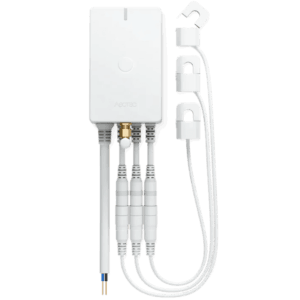
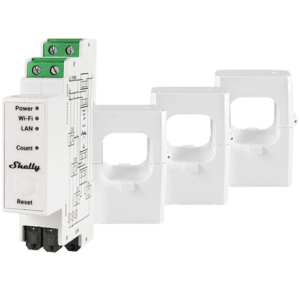
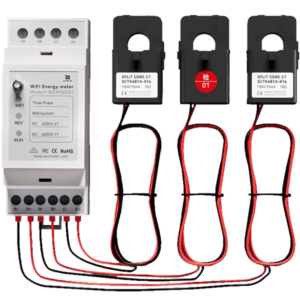
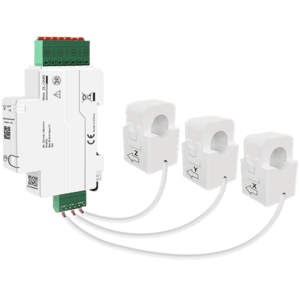
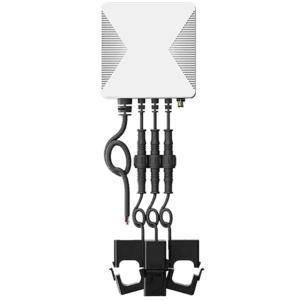
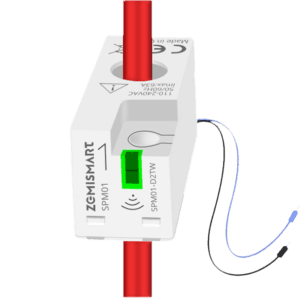

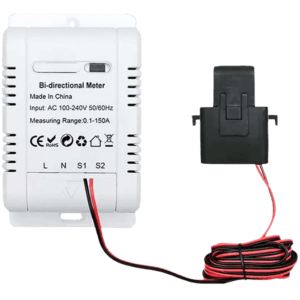
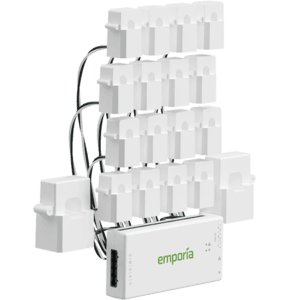
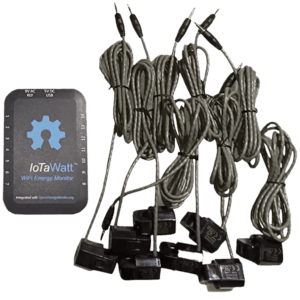
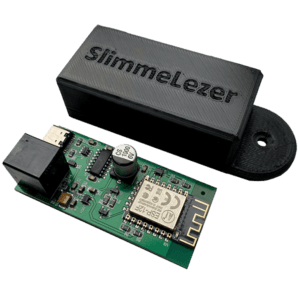
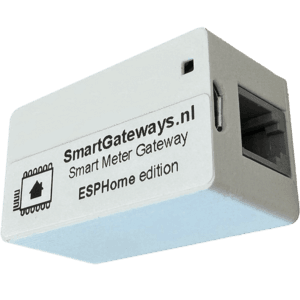
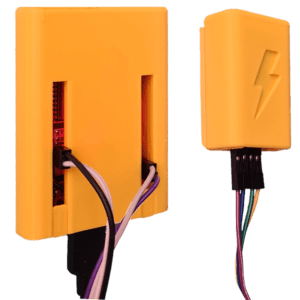
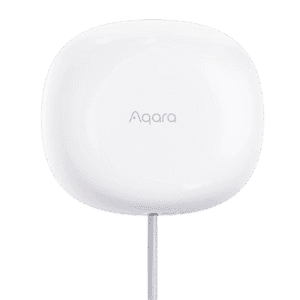
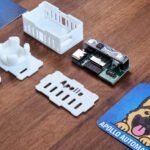
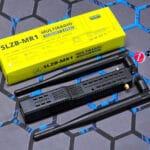
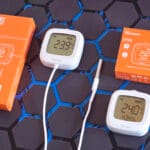
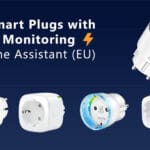
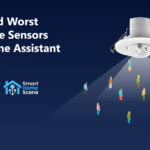

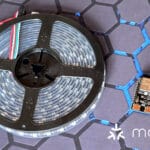
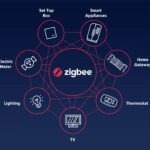
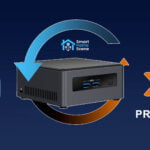
you should try one of the tuya zigbee small double clamp meters. they are dirt cheap and in ny opinion they work just as well as the shelly em that i also have.
this is what I am thinking of trying for my energy monitoring system. are they accurate in their readings or do they have any calibration abilities to adjust for any small inaccuracy.
best wishes
Peter
Which one of these can deliver info on real power, reactive power, power factor, etc.?
You can respond with:
Most energy meters I’ve reviewed don’t provide data on reactive or real power, but some devices, like most Zigbee2MQTT meters, do expose power factor information.
iotawatt has real and reactive power.
I purchased the Frient Electricity Meter Interface 2 last week. Installation was super simple, but you need to follow the setup and connection instructions carefully. Other than that the device works well and is accurate when compared to my manual recording of my electricity usage. The only downside is that it’s pretty pricey for what it is.
Are there any that run on battery power (or at least 12v)? I am rather wary of hooking up random Chinese hardware to 230v
Yep, that’s exactly my main issue with the chinese ones. I’d rather spend a couple of extra dollars and buy a Shelly device
the list of P1 meters is very limited.
Other good options include:
– USB P1 cable. Plugs directly to HA hardware.
– HomeWizard. Certified work with home assistant.
P1Mon. Raspberry pi based solution.
“However, it’s important to note that the device is not suitable for installations with power production systems like photovoltaic (PV) setups.”
Can you explain why? I have an AC output from a wind turbine inverter and it has a meter that measures the total lifetime energy generated. I’m really keen to be able to integrate the wind energy into the HA Energy dashboard (as solar since this is the only generator supported).
Trying to figure out the best meter to use. I had trouble getting the HA Glow to work.
By the way, just stumbled across your blog and love it! I feel like you’ve written it especially for me!! Thank you for what you do!
What I mean by that is the Frient Electricity Meters Interface 2 cannot work with meters that indicate both consumption and production in a single LED.
If there’s only one LED flashing differently for consumption and production, the device cannot distinguish between the two, making it unsuitable for such setups.
However, it can work with electric meters used for solar panels (or wind turbines in your case) if the meter contains two separate LEDs—one indicating consumption and the other indicating production. In such cases, you can measure the output LED to monitor your PV system’s production. Or choose which one you want to measure.
Thanks for the feedback.
By the way, having read on here about relays, I was trying to see if you’d reviewed a zigbee dry contact relay with energy monitoring that could power a 3kW immersion (240v 50Hz) so preferably rated to at least 16amps. Do they even exist?
We have an electrical boiler control unit that has 4 low voltage relay “outputs” to switch 4 immersions on and off as required to operate central heating. It currently has dumb dry relays but I want to add the boiler to my HA Energy dashboard and also have the ability to run automations.
The Aqara T2 Dual relay modules has 10A relays with energy monitoring.
But it’s not 16A. I don’t think I’ve encountered anything with that rating with dry contacts.
The Colorock can handle 40A, but you would have to butcher and detach the relay and make dry yourself
https://smarthomescene.com/reviews/zigbee-relay-with-energy-monitoring-for-high-power-appliances/
Hi
I’m a big fan of the page and much I’ve done is based on what I found here.
I’m a happy owner of 2 PC321-W (went for wi-fi) connected to home assistant via TuyaLocal. Works as a charm
Now I’m thinking that I want monitoring for every channel I have, an thinking how can I get there
I could not think of a better place to ask about this very interesting “thing” I stumbled upon than here.
Tuya Wifi 200A 300A Smart Home Energy Monitor with 16 Sub 50A Circuit Level Sensors Real Time Electricity Monitor Meter Solar
https://s.click.aliexpress.com/e/_oDH5p1D
All in all, I’m looking for recommendations/ starting a discussion on multi channel monitoring with robust Home assistant integration and What is the best way to do so.
Did you ever see this 19 channel offer ? Looks a lot like a beefed up PC321
I’m really interested to get myself a Tuya PC321-Z-TY.
I’m concerned about data privacy. Do you think the device can be connected to HA via Zigbee2MQTT and using the Local Tuya but –without– having any connectivity set with the Tuya APIs / backends.
The goal here is to keep data gathering fully private.
First of, thank you for this article.
Zigbee is a local communication protocol by design.
It’s not capable of connecting to the internet. So, once paired with Zigbee2MQTT or ZHA it will communicate only with your coordinator.
No Tuya integrations/apps needed.
In other words, it is 100% private and not relaying data anywhere else but your own HA instance.
HomeWizard Wifi-P1 meter is excellent choice for Scandinavia, where newer meters use P1 / P1 HAN-port. It’s price is currently less than 25€, that’s really low price for ready assembled, plug’n’play reader. It is capable of reporting in realtime, if your meter is configured for real time, depends on utility company. It can also measure any current (since it uses meter itself) and shows exactly same readings as your utility company uses, has two way metering with power quality parameters. It has local API and integrates nicely with HomeAssistant. However, initial config requires app and don’t know if it’s possible to use it completely without cloud.
You can turn off the Cloud connection in the app, which severs connection to HomeWizard’s servers and forces the device to communicate locally.
However, there is absolutely no need to use HomeWizard, as the listed alternatives are completely open source, local and without any cloud/app dependencies.